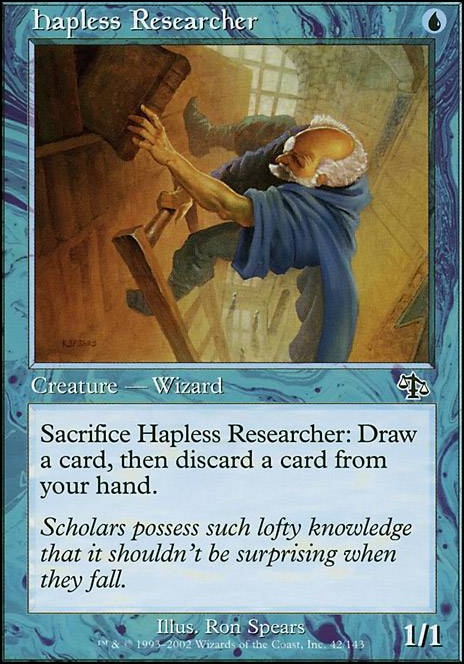These are the resources I used while specifically creating this list. Thank you to everyone who wrote an article, posted a decklist, told me what I wanted to know, or taught me how to play the game before I got the idea to make this list. Special thanks to SynergyBuild, enpc, and user:DarkStarStorm for suggestions and definitions, and an early but equally special thanks to everyone else who puts a hub idea forward and offers advice, clarification, and general support.
https://www.channelfireball.com/articles/deck-of-the-day-amulet-titan-modern/
https://www.channelfireball.com/articles/legacy-guide-part-v-prison-decks/
http://commandertheory.com/post/95663747292/what-exactly-is-an-aikido-deck-i-havent-been
https://www.coolstuffinc.com/a/carlosgutierrez-082912-eggs-101
https://edhrec.com/themes/spellslinger
https://www.hipstersofthecoast.com/2017/09/mtg-legacy-mud-deck-tech/
https://magic.wizards.com/en/articles/archive/beyond-basics/building-your-engine-2017-01-05
https://magic.wizards.com/en/articles/archive/feature/designing-rise-2010-04-26
https://magic.wizards.com/en/articles/archive/feature/maverick-legacy-2013-06-25
https://magic.wizards.com/en/articles/archive/feature/solar-flare-2012-06-15
https://magic.wizards.com/en/articles/archive/feature/ub-trippin%E2%80%99-2005-04-21
https://magic.wizards.com/en/articles/archive/magic-academy/introduction-inevitability-2007-05-05
https://magic.wizards.com/en/mtgarena/faq
https://magic.wizards.com/en/news/mtg-arena/mtg-arena-formats
https://mtg.fandom.com/wiki/Stompy
https://mtg.gamepedia.com/Horde_Magic
https://mtg.gamepedia.com/Landstill
https://mtg.gamepedia.com/Prison_deck
https://mtg.gamepedia.com/Red_Deck_Wins
https://mtg.gamepedia.com/Silver_bullet
https://mtgdecks.net/Modern/izzet-phoenix-decklist-by-thomas-hendriks-794569
https://www.mtggoldfish.com/archetype/standard-gruul-adventures-eld#paper
http://www.mtgmintcard.com/articles/writers/huang-hao-shan/guide-to-amulet-bloom
https://www.mtgsalvation.com/articles/15234-off-topic-deck-engines
https://www.mtgsalvation.com/forums/magic-fundamentals/magic-general/325991-what-is-solar-flare
https://www.mtgsalvation.com/forums/the-game/commander-edh/202072-your-definition-of-a-good-stuff-deck
https://www.mtgsalvation.com/forums/the-game/commander-edh/204260-the-stax-primer
https://www.mtgsalvation.com/forums/the-game/commander-edh/769600-aikido-as-an-archetype
https://www.mtgsalvation.com/forums/the-game/legacy-type-1-5/established-legacy/midrange/179841-deck-maverick
https://mtgtop8.com/archetype?a=232
https://mtgtop8.com/archetype?a=24
https://www.reddit.com/r/EDH/comments/4qxodh/what_is_a_battlecruiser/
https://www.reddit.com/r/magicTCG/comments/bsfawf/what_is_a_xerox_deck/
http://www.starcitygames.com/magic/standard/12799_The_History_of_Solar_Flare.html
https://strategy.channelfireball.com/all-strategy/mtg/channelmagic-articles/ad-nauseam-deck-guide/
https://strategy.channelfireball.com/all-strategy/mtg/channelmagic-articles/deck-of-the-day-legacy-mudstax/
https://strategy.channelfireball.com/all-strategy/mtg/channelmagic-articles/deck-of-the-day-modern-ad-nauseam/

